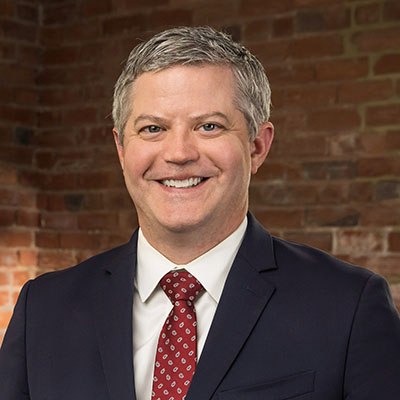Riding a motorcycle can be a fun and liberating experience. However, because motorcyclists are exposed to the elements while they are riding, they need to take extra care in order to avoid injury. Being alert and aware of one’s surroundings is an important component of safe riding as is choosing appropriate personal safety gear to wear while riding. The Motorcycle Safety Foundation has published a guide to help current and prospective motorcyclists select the right helmets, face protection, footwear, gloves, riding suits, and hearing protection.[1]
Helmets
A helmet that complies with Department of Transportation standards is the most important piece of personal protective for a motorcyclist. There are four main parts to a helmet: (1) outer shell; (2) impact-absorbing liner; (3) foam-and-cloth liner; and (4) retention system. In an accident, the outer shell is the primary defense against penetration and abrasion, while the impact-absorbing liner helps absorb the shock of any impact to the head. The foam-and-cloth liner ensures that the helmet is comfortably and snuggly situated on the head, and the retention system (chinstrap) helps keep the helmet in place in the event of a crash.
There are a number of types of helmets. Full-face helmets provide the most protection, not only during a crash but also from the elements. They can deflect bugs or other flying objects, cut down on wind noise, prevent windblast on the face and eyes, protect from inclement weather, and reduce driver fatigue.
It is important to replace any helmet that has been worn during a crash because it could be damaged, and might not offer sufficient protection in the event of a subsequent accident.
Face Protection
Although full-face helmets provide the most head/face protection, some motorcyclists choose to wear open-face or ¾ face helmets. In order to augment the safety of these types of helmets, motorcyclists should wear some sort of face protection, such as a face shield. Face shields should not obstruct the motorcyclist’s vision. They should also be impact-resistant and scratch-free.
Goggles are also popular among motorcyclists do not wear a full-face helmet. Although goggles provide some measure of eye protection, they do not protect the rest of the face from other possible injury.
Footwear
A sturdy pair of boots can offer protection from riding hazards including hot exhaust pipes and debris flying up from the road. The soles of the boot are almost as important as the body. Oil-resistant, rubber composite soles give the rider a strong grip on the pavement and help keep his or her feet on the pegs. If the boots have heels, those heels should be low and wide.
Gloves
When worn, gloves help guard a rider’s hands against environmental hazards such as wind, sun, and cold, as well as cuts and bruises in the event of a crash. How a glove fits can affect the rider’s comfort and safety. Properly fitted gloves can help increase a motorist’s grip on the handlebars of his or her motorcycle. Loose or bulky gloves might impede the motorcyclist’s operation of his or her motorcycle, while tight gloves might restrict circulation, causing a motorcyclist’s hands to get cold.
Jackets, Pants, and Riding Suits
Wearing the appropriate riding gear can also ensure the safety and comfort of the motorcyclist. It is best to start with protective apparel designed specifically for riding a motorcycle, as these garments are cut specifically to accommodate a rider’s posture. Motorcycle gear are frequently made of leather or other abrasion resistant material, like Cordura®, Kevlar®, or ballistic nylon, that help provide a high level of injury protection. There are a number of different fits and styles, such as one-piece and two-piece suits, rain suits, and cold-weather gear.
For more information on motorcycle safety, visit the Motorcycle Safety Foundation at www.msf-usa.org.
[1] Personal Protective Gear: For the Motorcyclist, Motorcycle Safety Foundation (Apr. 2013), www.msf-usa.org/




